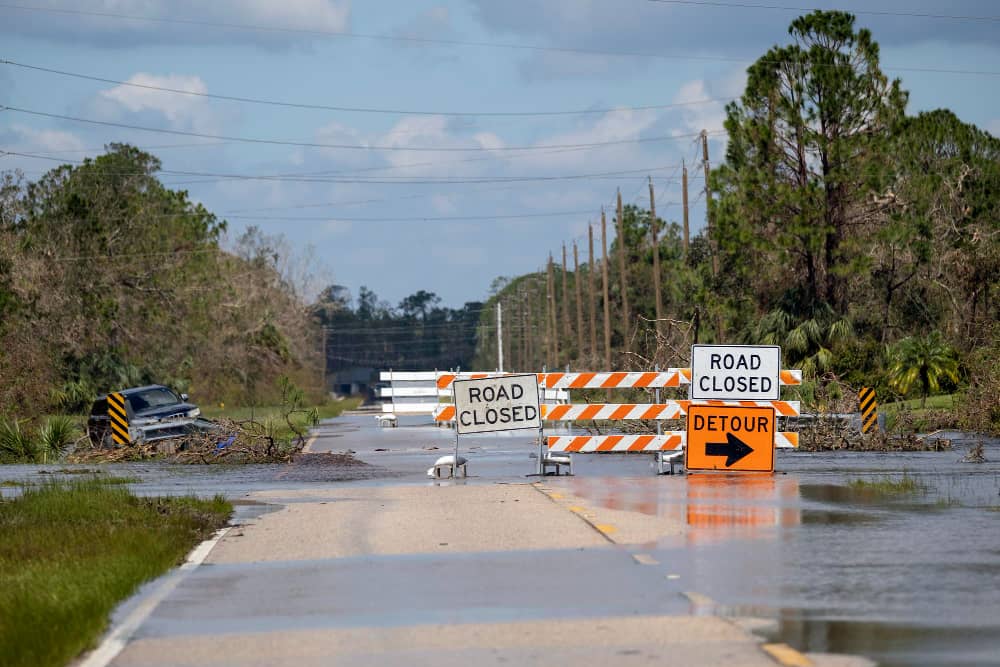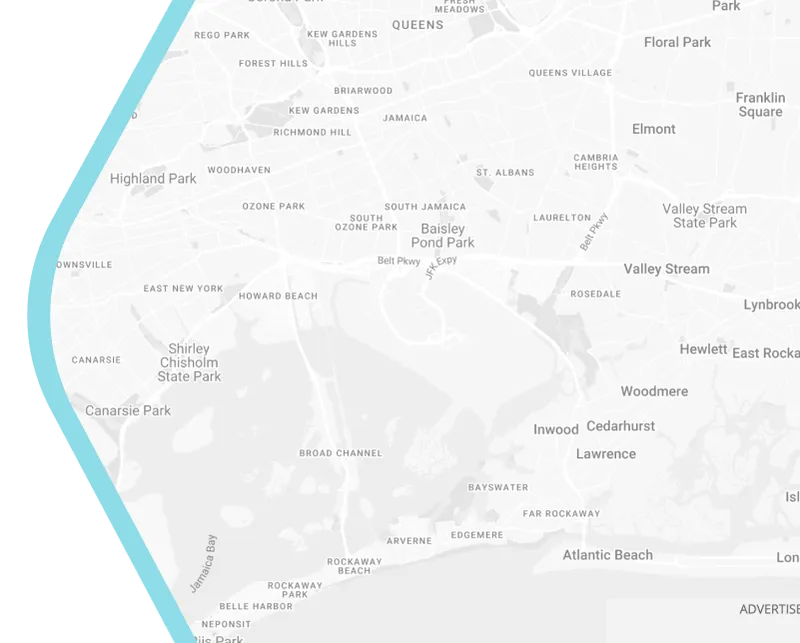
Smart Stormwater Solutions for Flood-Threatened Urban Areas
Beneath the hum of traffic and the rhythm of city life, a silent crisis brews. As torrential rains lash Melbourne’s aging drains and Jakarta’s streets vanish under opaque brown water, urban planners face a stark reality: traditional stormwater systems, built for a gentler climate, are drowning under the weight of the Anthropocene. But from Rotterdam to Ho Chi Minh City, a new generation of smart stormwater solutions is emerging—not as concrete monoliths, but as living, learning networks that turn flood threats into managed flows.
The Deluge Dilemma in Modern Cities
Urban flooding is no longer an anomaly; it’s arithmetic. By 2050, over 800 million city dwellers will face significant flood risk. Cities like Houston and Bangkok learned the hard way that wider pipes alone can’t outpace climate chaos. The core failure lies in rigidity—century-old drainage systems ignore real-time rainfall intensity, groundwater saturation, and tidal surges. When Sydney’s 2022 floods overwhelmed neighborhoods, the aftermath revealed a critical insight: water must be managed dynamically, not just evacuated.
How Smart Systems Rewrite the Rules of Runoff
Imagine storm drains that sense, think, and adapt. Smart stormwater solutions weave three revolutionary layers into urban fabric. First, distributed sensors embedded in catch basins, rivers, and soil continuously monitor water volume, flow speed, and pollution levels. In Copenhagen, these sensors feed data every six seconds during downpours.
Second, predictive AI crunches weather forecasts, tidal patterns, and infrastructure capacity. Amsterdam’s digital twin models simulate floods 48 hours ahead, adjusting water storage in underground cisterns and parks before clouds gather.
Third, adaptive green infrastructure acts as a living sponge. Singapore’s Bishan-Ang Mo Kio Park replaces concrete canals with absorbent wetlands where native plants filter runoff while AI-controlled weirs regulate water release. During monsoons, it holds 40% more water than conventional systems.
Global Pioneers Turning Crisis into Control
Rotterdam’s Water Squares epitomize this duality. Dry public plazas transform into reservoirs during storms, capturing 1.7 million liters while sensors coordinate pumping to nearby canals. Post-rainfall, the water irrigates vertical gardens—a closed loop managed by machine learning algorithms.
Meanwhile, Philadelphia’s Green City, Clean Waters initiative deployed 11,000 bio-retention basins. Soil moisture sensors trigger automated valves to retain or release water, reducing combined sewer overflows by 85%—proving gray-green hybrid systems outperform concrete alone.

The Intelligence Beneath the Surface
The true genius lies in connectivity. Chicago’s Deep Tunnel Project, once a static cavern, now integrates with 500 street-level IoT devices. When radar predicts extreme rainfall, AI pre-emptively empties reservoirs into quarries, creating buffer capacity. Simultaneously, traffic signals reroute vehicles away from high-risk zones, while public apps notify residents to move parked cars.
This isn’t just automation; it’s urban symbiosis. As Dr. Lena Müller, Hamburg’s flood resilience director, notes: “We’ve moved from fighting water to dancing with it—the system learns each storm’s tempo.”
Overcoming Adoption Barriers
For cities like Jakarta or Miami, challenges persist. Retrofitting legacy infrastructure demands capital, but Bangkok’s public-private model offers a template. By leasing sensor data to insurance firms and developers, the city funds smart drain installations in slums.
Regulatory innovation accelerates change. Tokyo now mandates stormwater credits—developers who install permeable pavements or rooftop gardens earn construction permits faster. Meanwhile, Brisbane’s AI-powered flood insurance discounts incentivize homeowners to adopt rain gardens.
The Future: Cities as Living Watersheds
Tomorrow’s smart stormwater systems will blur boundaries between built and natural environments. Researchers in Rotterdam are testing bio-concrete that heals cracks with bacteria during dry spells. MIT’s "Urbanswell" project envisions underground aquifers recharged by AI-directed percolation—a metropolitan water cycle.
The goal isn’t flood elimination but resilience symbiosis. As climate volatility intensifies, cities that embrace dynamic water intelligence won’t just survive the deluge; they’ll harness it.
